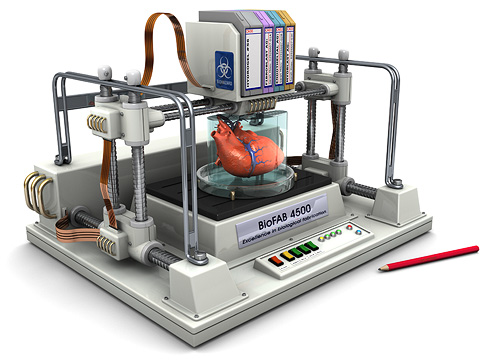The idea that a 50 euro 3D printed hand could be comparable with ones that cost thousands is just so powerful as Malia Spencer, reporter from the Portland Business Journal, 
Image: Meetup.com

The idea that a 50 euro 3D printed hand could be comparable with ones that cost thousands is just so powerful as Malia Spencer, reporter from the Portland Business Journal, 
Image: Meetup.com
During the meetup Jordan Nickerson, a computer science student, also received a 3D printed hand. He is helping Shashi Jain, who is an entrepreneur and a MakerBot Replicator 2 owner, to work on automating some of the calculations necessary in the prosthesis design phase.
The original design of the hand is loosely based on a prosthetic design from the mid 1800’s, which was a simple design of pulleys and levers. It can cater to people who need limited functionality prosthetic hands, however the rate of evolution is incredible.
Last time I visited the E-nabling the Future blog (not even 3 moths ago) there were roughly 200 members worldwide and two hand designs. Now members have more than tripled and there are ten designs. Two of them are parametric designs (for fingers and gauntlet) made with OpensCAD software (another amazing example of collective open source creativity), which means they can easily be modified and fitted just by setting a few values.

Image: Meetup.com
At this rate, and through collective and collaborative creativity, it will not be long before home made 3D printed prosthetic hands become even more advanced than the ones made through traditional methods. Technology is evolving rapidly and effective conductive filament is not so far down the road, nor are embedded electronics and 3D printed humans tissues. By the time Keegan Bair turns 18, his robotic hand might look a lot like Luke’s.
Images: Meetup.com